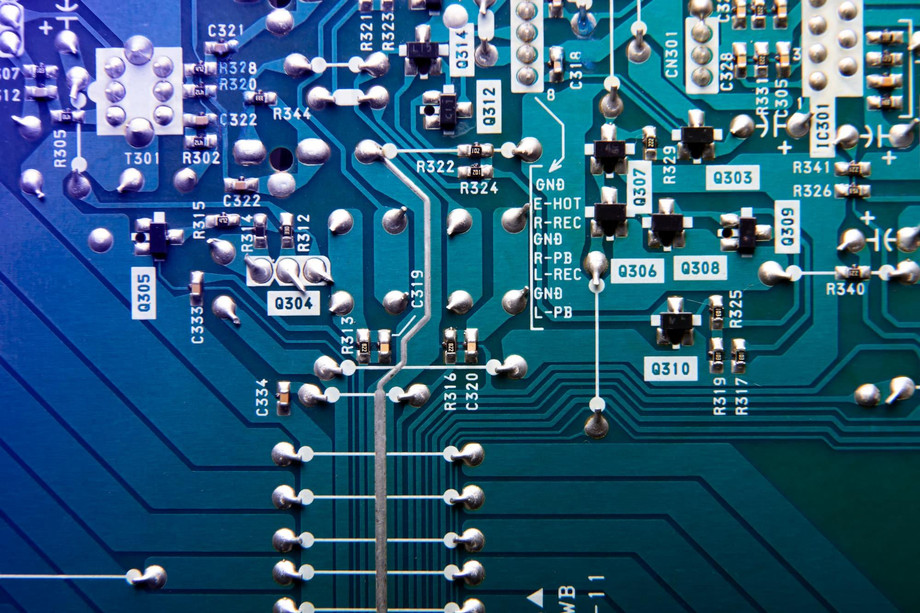The rapid evolution of robotics technology is transforming industries by enhancing precision and control in operations. At the core of this transformation lies advanced embedded software, which serves as the backbone of modern robotic systems. By integrating sophisticated algorithms and real-time processing capabilities, embedded software enables robots to perform complex tasks with unparalleled accuracy and efficiency. This blog explores how advanced embedded software empowers robotics, focusing on its critical role in precision and control across various applications.
Understanding Advanced Embedded Software
Advanced embedded software refers to specialized programming designed to operate within dedicated hardware environments, such as microcontrollers and embedded systems. Unlike general-purpose software, embedded software is optimized for specific tasks and constraints, including processing power, memory, and real-time performance. This specialization is vital in robotics, where timely responses and high reliability are paramount.
Key features of advanced embedded software include:
- Real-time processing: The ability to process inputs and execute commands within stringent time constraints, ensuring responsive and timely actions.
- Algorithmic sophistication: Utilization of advanced algorithms, such as machine learning and artificial intelligence, to enhance decision-making and operational efficiency.
- Integration capabilities: Seamless interaction with various hardware components, sensors, and communication protocols, facilitating comprehensive system functionality.
Precision in Robotics
Precision is a defining characteristic of successful robotic systems. In applications ranging from manufacturing to healthcare, the ability to execute tasks with extreme accuracy is critical. Advanced embedded software plays a vital role in achieving this precision through several mechanisms:
Sensor Integration
Robots rely heavily on sensors to perceive their environment and make informed decisions. Advanced embedded software processes data from various sensors—such as cameras, LIDAR, and accelerometers—allowing robots to understand their surroundings accurately. By employing sophisticated filtering techniques, such as Kalman filters, embedded software can eliminate noise and improve the quality of sensor data, leading to better decision-making.
Motion Control
Achieving precise movements requires advanced motion control algorithms embedded within the software. These algorithms calculate optimal trajectories, adjust for dynamic changes, and compensate for factors like friction and inertia. By integrating techniques like PID (Proportional-Integral-Derivative) control, embedded software ensures that robots can navigate complex paths smoothly and accurately, enhancing their operational effectiveness.
Feedback Mechanisms
Real-time feedback is essential for maintaining precision during robotic operations. Advanced embedded software continuously monitors performance metrics and adjusts actions based on feedback from sensors and actuators. This iterative process allows robots to adapt to changing conditions, ensuring that they maintain precision even in unpredictable environments.
Control in Robotics
Control systems form the foundation of robotic functionality, enabling systems to perform desired tasks effectively. Advanced embedded software enhances control capabilities through various mechanisms:
Autonomous Decision-Making
One of the most significant advancements in robotics is the shift toward autonomous systems capable of making independent decisions. Advanced embedded software leverages artificial intelligence and machine learning algorithms to analyze data and learn from experiences. This enables robots to optimize their actions based on past performance, leading to improved efficiency and adaptability.
Multi-robot Coordination
In applications involving multiple robots, coordination is crucial for effective operation. Advanced embedded software enables seamless communication and collaboration among robots, allowing them to share information and synchronize actions. Techniques such as distributed control algorithms ensure that multiple robots can work together efficiently, enhancing overall performance in tasks like assembly lines, search and rescue missions, and agricultural automation.
Safety and Compliance
In robotics, safety is paramount. Advanced embedded software incorporates safety protocols and compliance measures to protect both robots and humans. By implementing fail-safes and redundancy mechanisms, the software ensures that robots can operate safely in dynamic environments, minimizing the risk of accidents or malfunctions.
Applications of Advanced Embedded Software in Robotics
The impact of advanced embedded software on robotics is evident across various industries, where precision and control are essential. Here are some notable applications:
Manufacturing Automation
In manufacturing, robots equipped with advanced embedded software excel in tasks such as assembly, welding, and quality inspection. These systems can operate with high precision, reducing defects and increasing productivity. The ability to quickly adapt to changing production lines further enhances their effectiveness.
Healthcare Robotics
In healthcare, precision and control are critical for applications like surgical robots and rehabilitation devices. Advanced embedded software enables these systems to perform intricate procedures with high accuracy, improving patient outcomes and reducing recovery times. The software's ability to integrate with imaging systems further enhances surgical precision.
Agricultural Robotics
Agricultural robots are transforming farming practices through precision agriculture. Advanced embedded software allows these robots to monitor crop health, optimize planting patterns, and apply fertilizers precisely. By enhancing control over agricultural processes, these systems contribute to sustainable farming practices and improved yields.
Autonomous Vehicles
The automotive industry is witnessing a revolution with the advent of autonomous vehicles. Advanced embedded software powers the complex systems that enable these vehicles to navigate safely and efficiently. Through real-time processing of sensor data and advanced control algorithms, these vehicles can adapt to changing road conditions, ensuring a high level of safety and reliability.
Conclusion
The integration of advanced embedded software in robotics is a game-changer, empowering systems with the precision and control required to excel in various applications. As industries continue to embrace automation, the role of embedded software will only grow in significance. By facilitating real-time processing, sophisticated decision-making, and seamless integration, advanced embedded software paves the way for the future of robotics, enhancing efficiency, safety, and productivity across the globe.
In a world where precision and control are increasingly critical, investing in advanced embedded software solutions is not just a technological upgrade; it’s a strategic imperative for organizations looking to thrive in a rapidly evolving landscape. Embracing these advancements will enable businesses to harness the full potential of robotics, driving innovation and ensuring a competitive edge in their respective industries.
To Know More About embedded software

